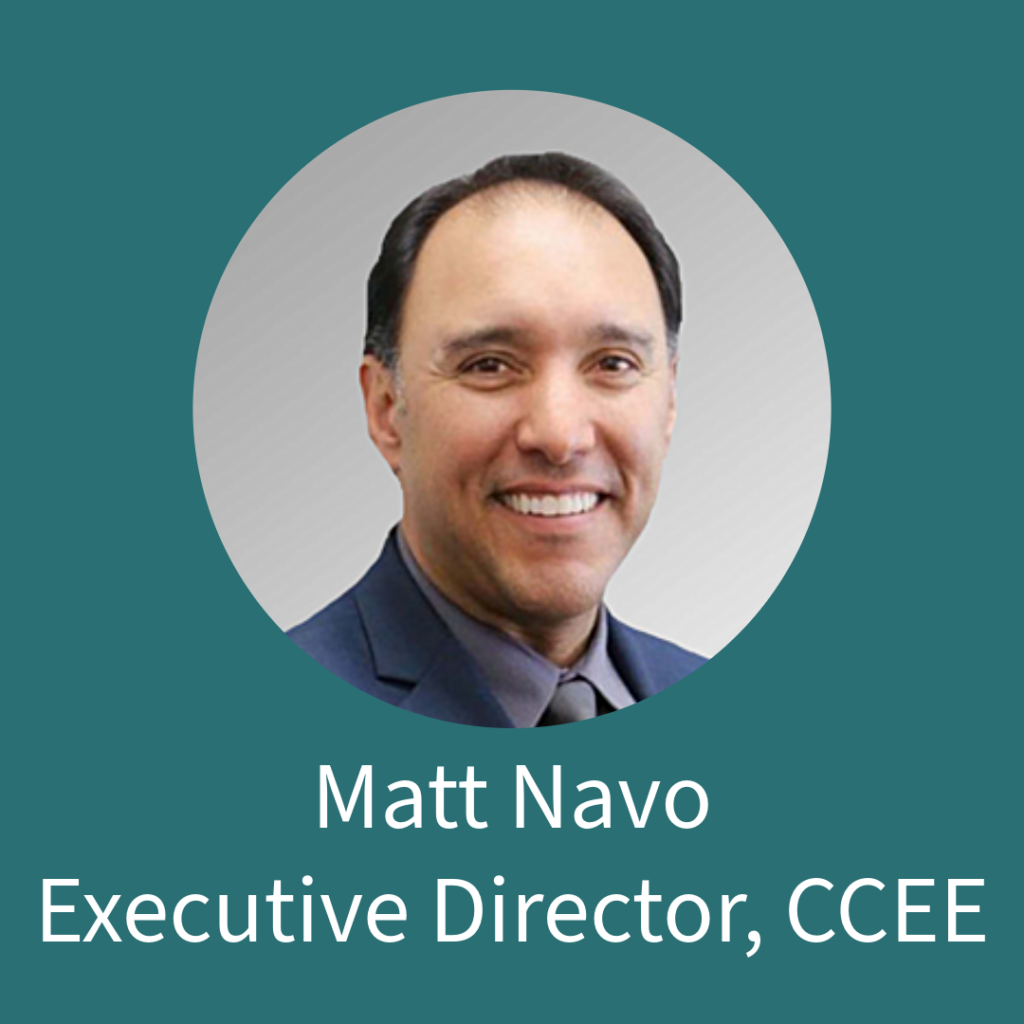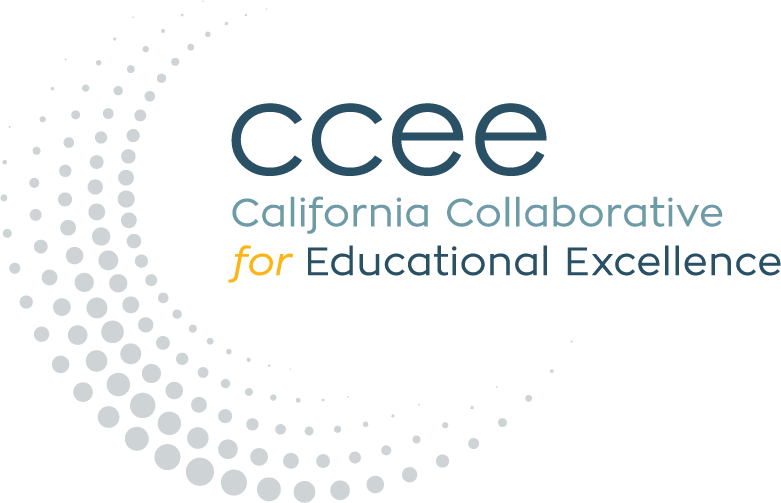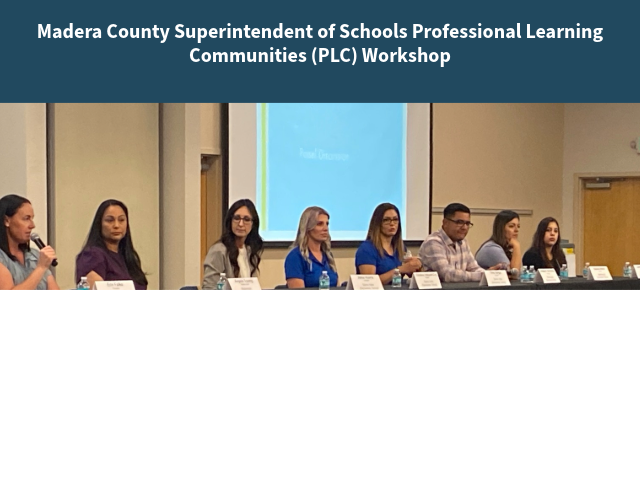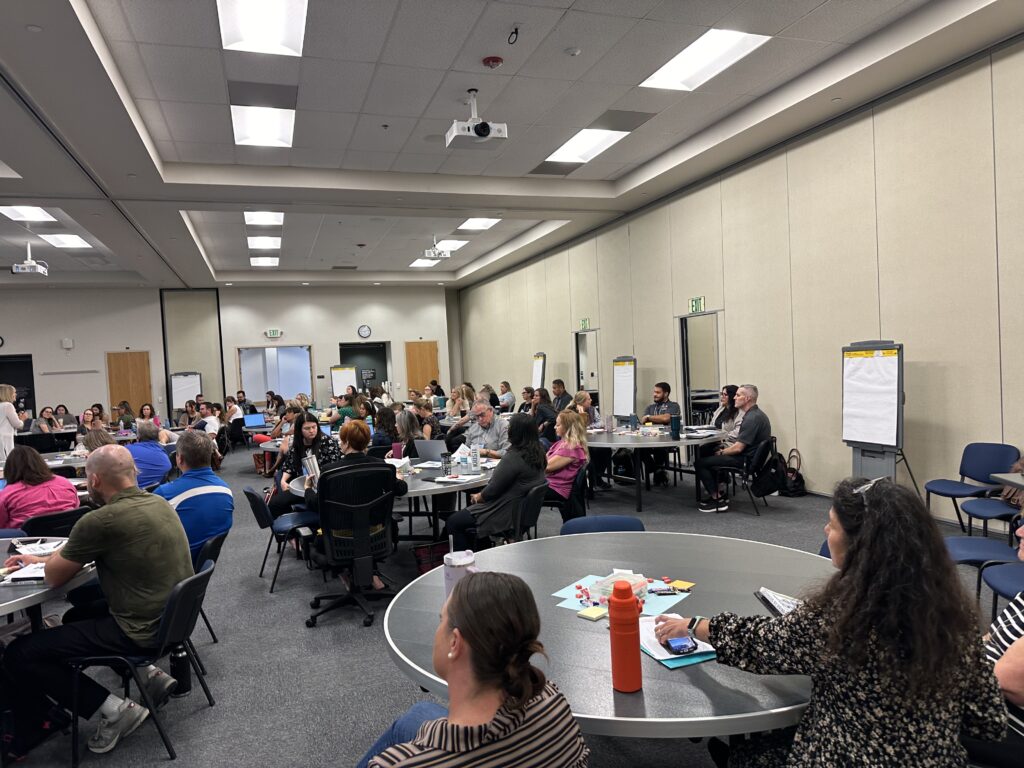As the Executive Director of the California Collaborative for Educational Excellence (CCEE), I had the honor of delivering the keynote address at this year’s California Educational Research Association (CERA) Annual Conference. My speech, “Telling the Spirit Story of the Research Work,” focused on a crucial shift in perspective that I believe is necessary for true educational transformation: valuing the human stories at the heart of our data.
In my address, I emphasized the importance of “Spirit Work” — a concept that invites us to look beyond numbers and graphs and to connect with the real human experiences behind our research. This approach not only enriches our understanding but also ensures that our work remains deeply impactful and relevant to those we aim to serve.
CCEE’s Contributions to CERA 2024
Our team at CCEE presented a series of sessions that aligned with this philosophy, exploring innovative strategies to enhance educational success:
- Finding Bright Spots in California’s Chronic Absenteeism Landscape: Successful approaches to reducing chronic absenteeism were discussed, incorporating both data-driven practices and socio-emotional strategies.
- Empowering UDL with Data: Attendees were introduced to practical tools from a comprehensive toolkit, supporting the effective implementation of Universal Design for Learning (UDL).
- Leveraging Networked Learning for African American Student Success: Best practices and tools from the African American Success Learning Network were shared, significantly improving outcomes for African American students.
- From Pilot to Practice: Enhancing Math Outcomes with Formative Assessments: I highlighted how Rincon Valley USD has transformed assessment practices to create more responsive and effective educational environments.
- A “Community First” Approach to Continuous Improvement: Representatives from Napa and San Diego County Offices discussed how they use the Street Data framework to enhance support for Black students and address absenteeism.
- Uplifting Teacher Practice to Accelerate Learning: We explored how Taft City School District is using action research to cultivate a research-driven culture aimed at accelerating student learning.
- Public-Private Partnerships in Evaluating California’s Statewide Literacy Initiative: The collaborative efforts of internal and external evaluation teams were explored, presenting a framework for collective impact evaluation through public-private partnerships, focusing on enhancing literacy initiatives in California with Project ARISE.
Thank you to everyone who attended and contributed to these discussions. Your engagement and feedback are vital as we continue to pursue educational excellence through a lens that respects and uplifts the human spirit.
If you have any questions about CCEE, please visit our website. Stay tuned for more literacy coordination efforts and resources, through our events calendar and the Statewide System of Support Resource Hub.






